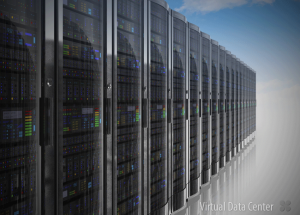3 DISASTER RECOVERY TECHNIQUES
What kind of Disaster Recovery solution is the best for your business?
After introducing the Disaster Recovery solution and talking about their benefits, today we are explaining DR techniques available on the market. The first step in designing the right Disaster Recovery solution is to identify the “mission-critical- business processes, meaning the ones which are essential for the company, that more than others need to be protected and replicated with the aim of keeping the system functioning even in case of sudden failures. Once these have been recognized, you can go on with the choice of the best Disaster Recovery type to protect corporate systems and data.

Main Disaster Recovery techniques are three: synchronous replication, asynchronous replication and mixed technique. In the following lines we will shortly describe each of them, highlighting the differences among the available solutions. To better understand the specific characteristic of any type is good to make a small premise about Disaster Recovery. This kind of solution assume that business essential processes and data should be replicated on a secondary site, therefore to assure a greater availability and security of systems and business continuity. The secondary site will become operational when the primary site is unavailable for any reason.
- Synchronous replication
When data and systems are replicated both on the secondary site and locally, the replication is named synchronous. This kind of technique guarantees the business continuity and a fast restore of processes, consequently very low RTO and RPO. It is the best solution to minimise downtimes and assure a high infrastructural availability. But the synchronous replication has a geographic limit: the two sites cannot be far away from each other more than 100 kilometers, otherwise the synchronous couple become less effective and performances decreased. - Asynchronous replication
To remedy the distance issue, you can choose the asynchronous replication. This technique has not distance limits at all and allows you to protect your business even in case of large scale disasters which would damage both sites (for instance, an earthquake). Besides, this solution can be implemented via software, by avoiding to use sophisticated and expensive storage technology. - Mixed technique
Finally, we have the mixed technique, which enables to minimise recovery times and, at the same time, is effective in ensuring the availability of services even with expanded disasters. It consists of replicating systems with the synchronous technique on a relatively close site and make a second replication on a distant place.
According to particular needs of each company, as zero RTO or minimum loss of data, you can choose this or that solution. But the main purpose of any Disaster Recovery solution is always to protect business continuity and vital data and systems.
What kind of Disaster recovery solution choose for your company? Reserve a free consulting and ask our experts!
Contact us
Fill out the form and one of our experts will contact you within 24 hours: we look forward to meeting you!




